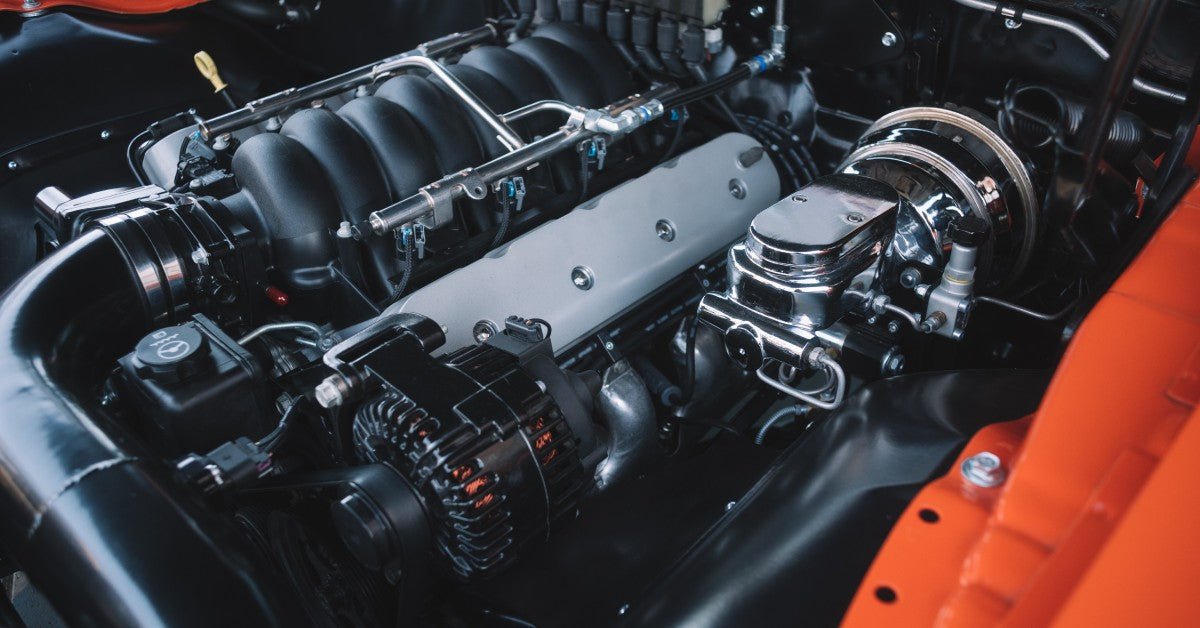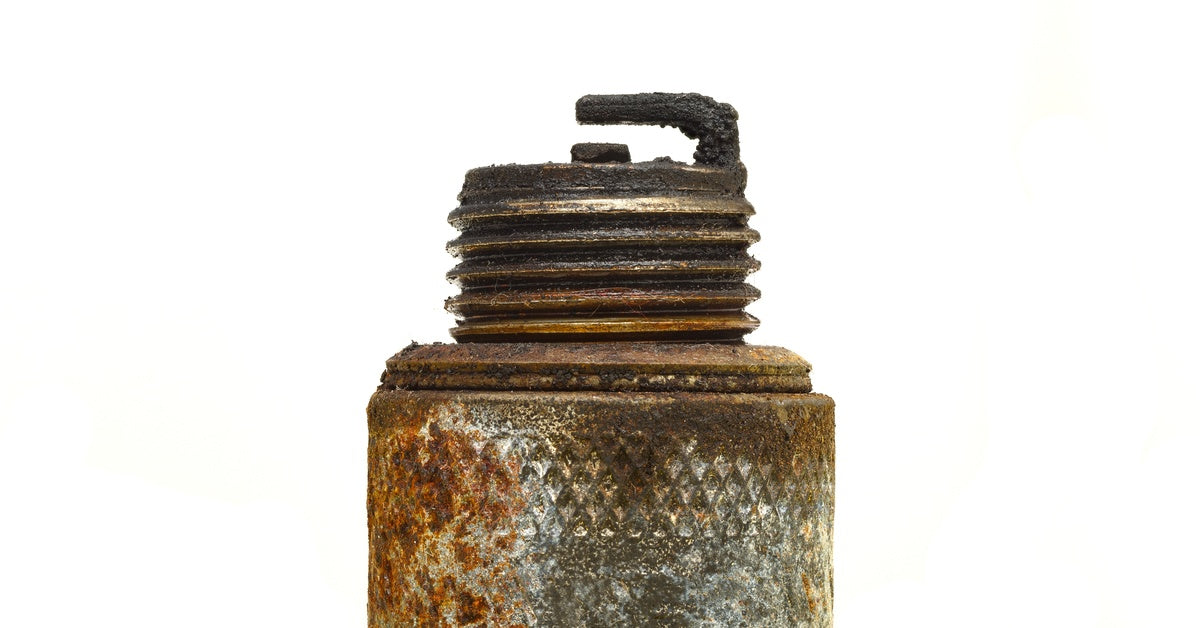
Nobody expects their boat engine to end up underwater, but submersion happens more often than you’d think. Storm surges, capsizing incidents, or heavy rain can flood your engine compartment within minutes. When this happens, water inside your engine can cause permanent damage and potentially cost thousands to repair. This guide covers what to do if your marine engine is submerged and how to recover it.
Consider Your Marine Engine Type
Marine engines come in several varieties, and each responds differently to water damage. Outboard engines mount directly to your boat’s transom and face the greatest exposure risk. Inboard engines sit inside the hull but can flood through ventilation systems or hull breaches. Personal watercraft such as Jet Skis use compact engines that can fill during rollover incidents.
Spark plug engines dominate the marine market because they provide reliable ignition in harsh conditions. These engines depend on precise electrical timing, making them vulnerable when water disrupts their systems. Jet Ski spark plugs face particular challenges, as these engines often operate in splash zones where water intrusion occurs regularly.
Saltwater vs. Freshwater Environments
Saltwater is rough on metal components and can start corrosion within hours of contact. The salt content accelerates oxidation, turning engine parts into rust flakes. Electrical connections suffer the worst damage as salt bridges create short circuits that fry sensitive components.
While it won’t corrode as aggressively, freshwater still displaces lubricants and floods areas that should stay dry. Minerals in lake or river water can leave deposits that interfere with moving parts. Both water types wash away protective oils, leaving bare metal exposed to atmospheric moisture.
Safety Comes First

The first thing to do if your marine engine is submerged is to completely secure your vessel. Floating boats can shift unexpectedly, crushing hands or trapping you underwater. If you’re still on the water, get to shore or a stable dock before starting recovery work.
Once you’re in a safe spot, disconnect the battery. Water and electricity can cause shocks or start a fire. Start by removing the negative terminal, then the positive. Once they’re off, tape the terminals or move them away from the battery posts to avoid accidental contact.
Check for fuel leaks before proceeding. Gasoline floating on water creates fire hazards, especially around electrical components. If you smell fuel or see rainbow sheens on the water surface, ventilate the area thoroughly before continuing.
Drain All Water Immediately
Remove the drain plugs from the lowest points of your engine. There may be multiple drain locations, including the block, exhaust manifolds, and cooling system. Water flows downward, so these low points collect the most contamination.
Tilt outboard engines fully up to help gravity drain water from internal passages. For inboard engines, check bilge areas where water might collect. Some water might require manual removal with pumps or towels.
Remove and Inspect the Spark Plugs
Pull every spark plug using the proper socket wrench. Water-fouled plugs will have water droplets, rust stains, or mineral deposits on the electrodes. Even if they look clean, they might have water trapped in the threads.
Dry each plug thoroughly with compressed air or clean rags. Thermal shock can change spacing, so it’s best to check the electrode gap with a feeler gauge. Replace any plugs showing corrosion, cracked ceramics, or damaged threads. Quality replacement plugs from manufacturers such as E3 Spark Plugs can restore ignition performance after water damage.
Flush the Cooling System
Marine engines use water cooling systems that can trap contaminated water for days. Connect a garden hose to your engine’s flushing port, and run fresh water through the entire system. This removes salt, debris, and stagnant water from internal passages.
Run the flushing process longer than normal—at least 10–15 minutes for saltwater exposure. You’ll see dirty water coming out initially, gradually clearing as contaminants wash away. Continue until the discharge water runs completely clear.
Change the Oil and Fuel
Water-contaminated oil looks milky or shows clear separation layers. This oil provides zero lubrication and can damage bearings within minutes of engine startup. Drain all oil completely, including what’s trapped in the filter housing.
Replace the oil filter along with the oil. Water can dissolve filter media, allowing particles to circulate through your engine. Fill with fresh oil slightly above the recommended level in case some water remains in hidden passages.
Water separates from gasoline and can settle in tank bottoms and fuel lines. Drain the fuel tank if possible, or add fuel additives designed to absorb water. Replace fuel filters, and check fuel lines for water accumulation.
Dry Internal Components
Compressed air works best for removing moisture from hard-to-reach areas. Blow out spark plug holes, electrical connections, and any cavities where water might hide. Focus on starter motors and alternators, as water can permanently damage their windings.
Remove engine covers and air intake components to access more areas. Use clean, dry rags to wipe down surfaces you can reach.
Special Considerations for Different Vessel Types

Depending on your vessel, you may need to take extra precautions to address any water damage with your engine.
Jet Ski Recovery
Personal watercraft engines compact everything into tight spaces, making water drainage challenging. These engines often completely submerge during rollovers, filling every cavity with water. The exhaust system typically floods first, backing water into the engine through exhaust valves.
A successful recovery starts with removing the seat and engine cover for maximum access. Jet Ski engines drain through specific points that might not be obvious, so consult your owner’s manual for drain plug locations. Some models require removing the exhaust system to drain completely.
Yachts and Larger Vessels
Big boats present accessibility challenges that complicate recovery efforts. Multiple engines mean several problems, and cramped engine compartments make thorough cleaning difficult.
Yacht engines also have more complex systems with multiple fuel tanks, sophisticated electrical systems, and integrated cooling that connects to through-hull fittings. These systems require systematic flushing and testing that exceeds many boat owners’ capabilities.
Professional vs. DIY Recovery
Simple outboard submersion in fresh water might be manageable for experienced boat owners. You’ll need basic tools, mechanical knowledge, and time to complete the process properly. However, don’t underestimate the work involved; thorough recovery can take an entire day.
Complex engines, saltwater exposure, and valuable vessels warrant professional attention. Marine mechanics have specialized equipment for flushing systems, testing electrical components, and detecting hidden damage.
Engine recovery marks the beginning of your post-submersion maintenance. Monitor your engine closely during the first several hours of operation. Listen for unusual sounds, watch for overheating, and check oil condition frequently.
This might be the perfect time to install higher-quality spark plugs that resist moisture damage better. E3 Spark Plugs manufactures marine-specific products designed for harsh environments, providing better long-term reliability for your engine. Our team can help match the best product for your watercraft. Reach out to us today!







